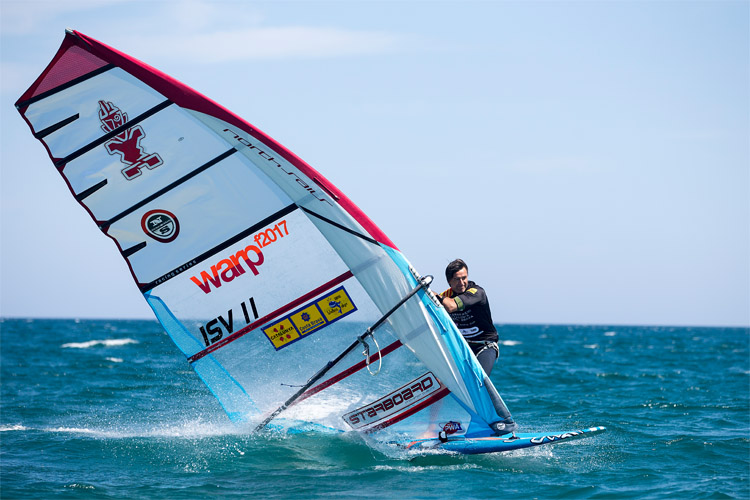High wind and no-wind conditions are common in windsurfing. Learn how to cope with the extremes.
It happens all the time. Whether you're a recreational windsurfer or an accomplished competitor, sooner or later, the wind will always play a trick on you.
In other words, it's never good to be underpowered and overpowered. It leads to frustration, fatigue, and sometimes injuries and dangerous situations.
On the contrary, a steady and stable wind force wind enables us to sail consistently for a long period of time without interruptions or wild catapults.
Pumping the Sail
So, what should a windsurfer do when confronted by an agonizing wind lull?
As soon as you feel yourself falling backward and the pressure of the sail decreasing, do the following:
- Sheet in harder than normal;
- Swing your weight toward the boom and the center of the board;
- Repeat the process several times while keeping both knees bent - pump it;
Handling Wind Gusts
Handling wind gusts is a bit harder but not impossible.
As you feel the pressure on the sail dramatically increase and your body being pitched across the sail, do the following:
- Sheet out as quickly as you can;
- Move your hands forward on the boom toward the mast;
- When you're ready to resume sailing, slowly lean windward;
- Sheet in again;
Learning how to handle the sail in both low and high winds will make you a better windsurfer.
Practice the sheeting techniques in safe environments and be surrounded by people who may help you in case anything goes wrong.
